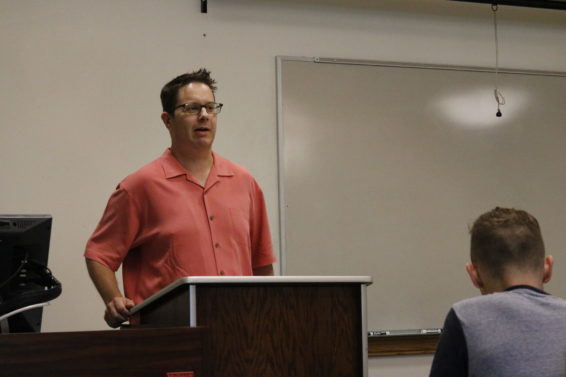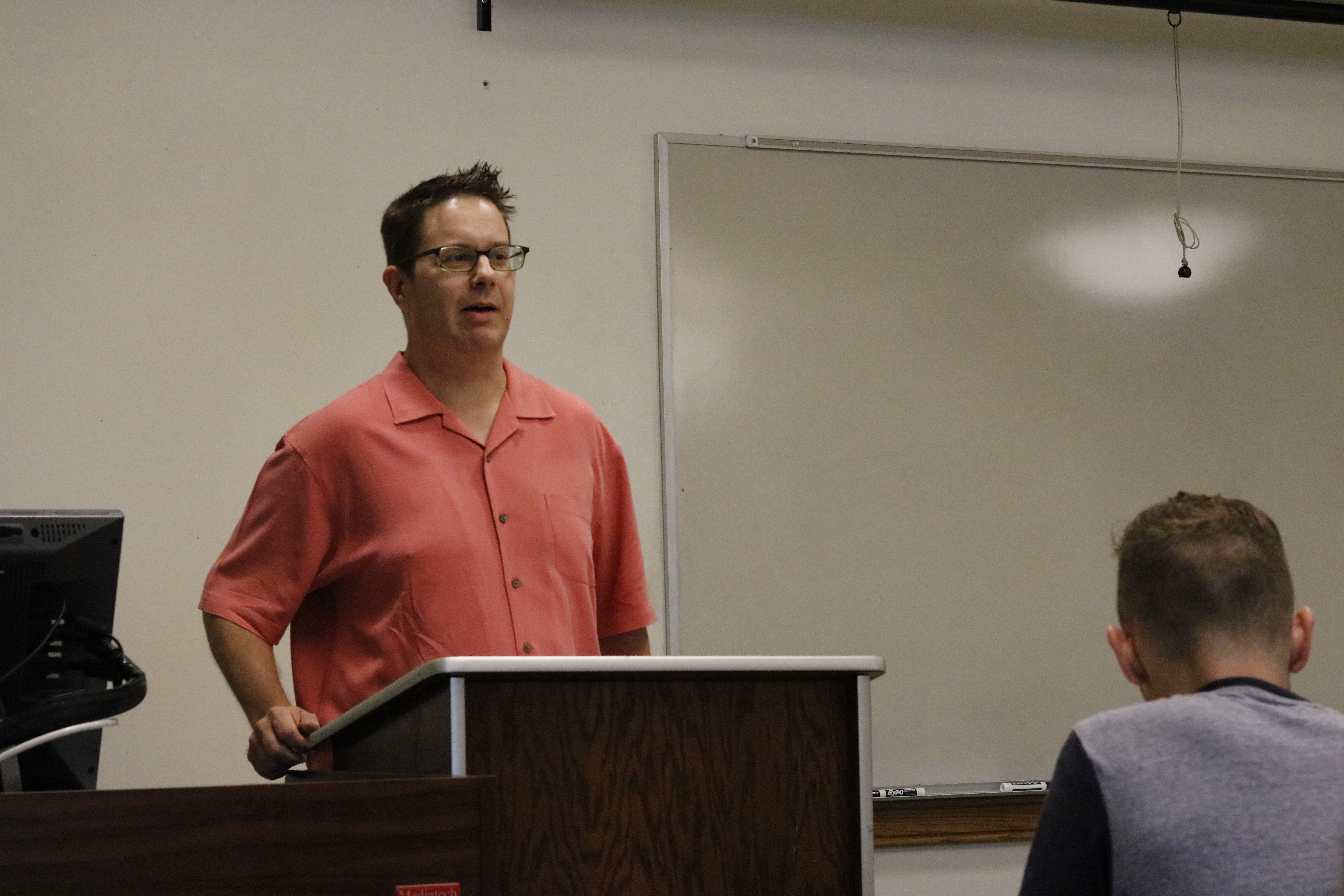Florida has a history of determining presidential elections.
In 2000, 31.5 million Floridians voted in the presidential election. Of that population, Republicans and Democrats were separated by a margin of 70,000 voters.
But only 537 votes determined Republican candidate George W. Bush would become president.

Eight years later, President Barack Obama would take the state by a 2.8 percent margin of victory.
Florida is in the precarious position of being a swing state, which means its voter population is nearly even between both major parties. There are 11 swing states total and presidential campaigns often concentrate on them in hopes of pulling what in many ways is the largest determining factor in winning the election.
On top of that, Florida has the largest number of electoral votes of the swing states, with 29, and that number is projected to increase.
Steven Schale, a Democratic Party consultant who directed Obama’s 2008 presidential campaign in Florida, suggested that Florida’s role will become more important over the next decade.
Schale spoke to a class of journalism students on Tuesday, Oct. 18 to discuss the nature of Florida’s political demographics and why the state will play such a large role in the current election.
While Florida is in the South, most people don’t consider it part of ‘the South.’
“The only thing we have in common is a weirdly-shaped border,” said Schale.
Florida’s cultural differences are what make it such a divisive battleground state, election after election.
“In terms of percentage and actual raw vote, we are the closest battleground state in the country,” said Schale.
Despite having few similarities amongst residents overall, Schale said that Florida can be divided into five distinct regions. These regions are diverse within themselves but play a significant factor in how presidential candidates campaign.
The scale and shape of Florida’s geography also play a significant factor in its voter makeup.
“If you get in your car in Pensacola, you will get to Indianapolis faster than you’re going to get to Miami,” Schale said. “You’ll get to Chicago faster than you get to Key West.”
North Florida is the first of five regions that Schale discussed. The area is ‘southern’ in its orientation and almost exclusively white and African-American. This part of the state tends to lean Republican and makes up 20 percent of the statewide voter base.
Orlando is home to the youngest media market in the state, likely due to large universities and theme parks that tend to hire young workers, according to Schale.
As of 1980, the area used to be the oldest media market in the state. Now, that title belongs to the Tampa Bay media market.
While the highway system in the U.S. expanded, families began to migrate along its course. For that reason, Southwestern Florida, including the Tampa Bay area, is largely a Midwestern area.
“If you went to a Bucs game 20 years ago when they’d play the Bears or the Packers, it was a home game for the opponent,” said Schale. “There might be 8,000 Bucs fans and 50,000 Bears fans in the stadium. That’s because people moved via the interstate system.”
Florida’s Gold Coast makes up Schale’s third section of the state. The area stretches from Palm
Beach to Broward County. The name is derived from the extravagant and wealthy lifestyle that characterize the people that live there. Voters in that area tend to be older and more liberal. Schale says that most are retirees from the northern states.
“If you go to a deli in Palm Beach County and ask the entire restaurant where they’re from, nobody will say Palm Beach County,” Schale said. “They will all tell you what street they lived on in Brooklyn.”
The Miami-Dade area could be the most diverse city in the world, Schale said. Incoming Puerto Rican families are heavily influencing the area, whose largest Hispanic population was Cuban. Cuban voters are primarily Republican, the influx of Puerto Rican voters is skewing that area Democratic.
While the Puerto Rican families may have influence, Schale said that Florida’s status as a swing state wouldn’t be compromised until well into the future. Around 15 years he estimated.
Schale also discussed his time with Barack Obama’s campaign back in 2008. He mentioned that capitalizing on key demographics throughout the five regions of Florida helped Obama’s campaign to take valuable counties, effectively determining the election.
As for the Hillary Clinton campaign, Schale was certain she could clinch the election, even after many of the voters supporting Sen. Bernie Sanders’ were left behind.
“The Democratic Party has a history of ‘the Bernie thing.’ Before Bernie, you had Bill Bradley in 2000 and Jerry Brown in 1992,” Schale said. “It’s almost an anti-establishment or anti-institution wing of the Democratic Party.
“I think it’s a phenomenal thing that drives interests and ideas,” Schale said.
Though, Schale did acknowledge that Clinton had a problem with younger voters, and said that her platform was “uninspiring.”
“She’s not the cool kid in class. She’s the really smart one, who, when you need the project done, everyone wants to be in her group,” Schale said. “In the end, I think young voters will get there because the stakes are so high.”



